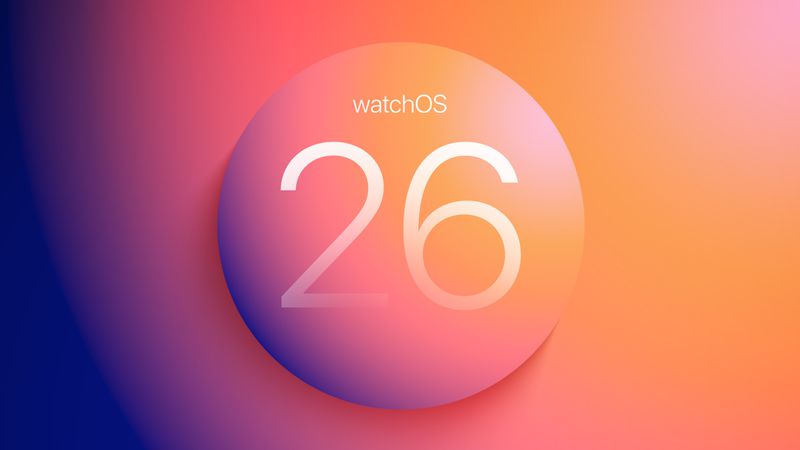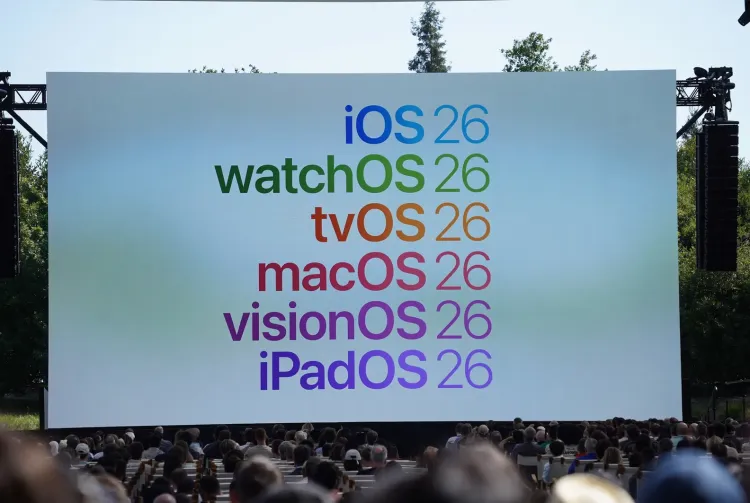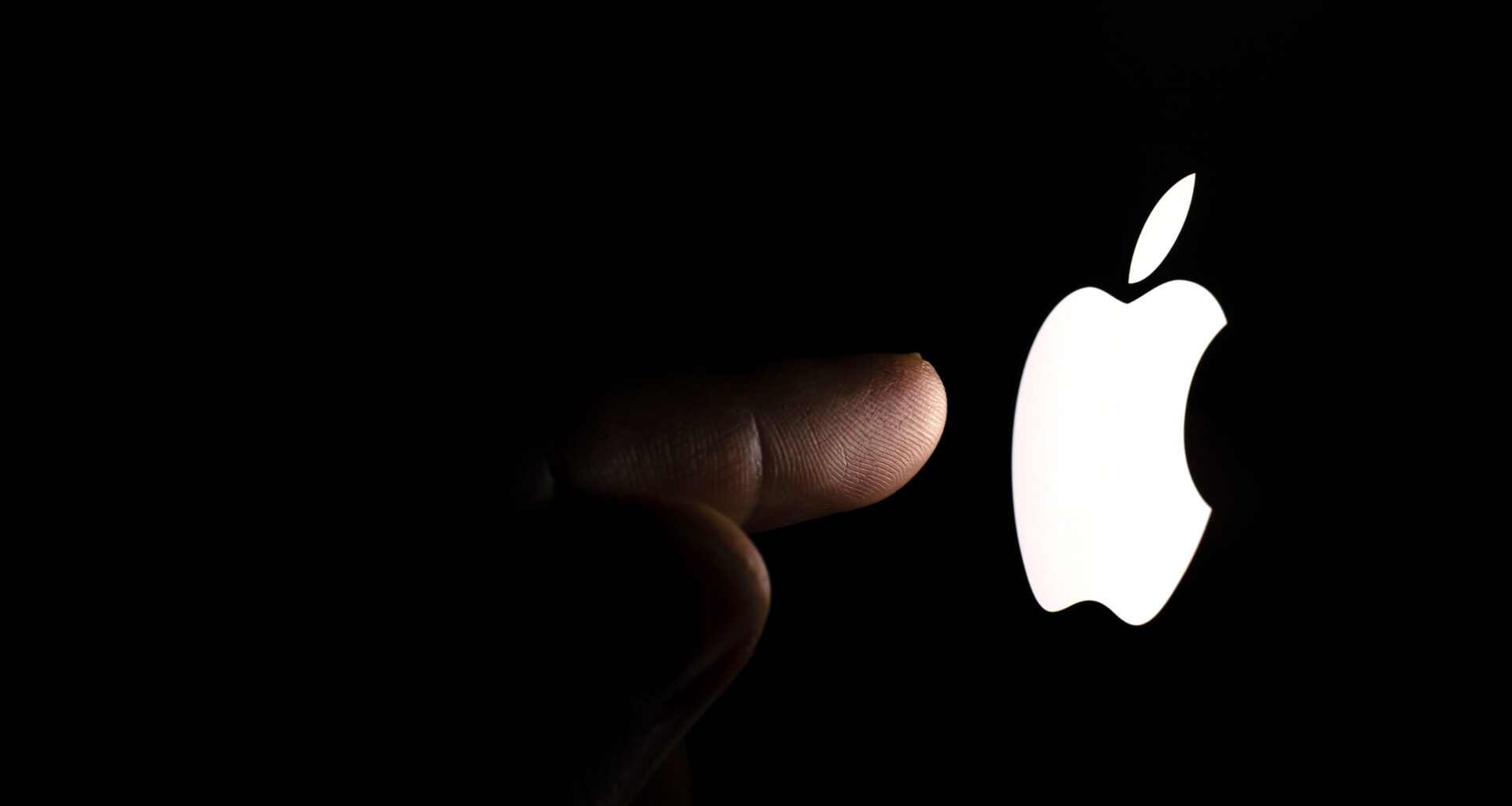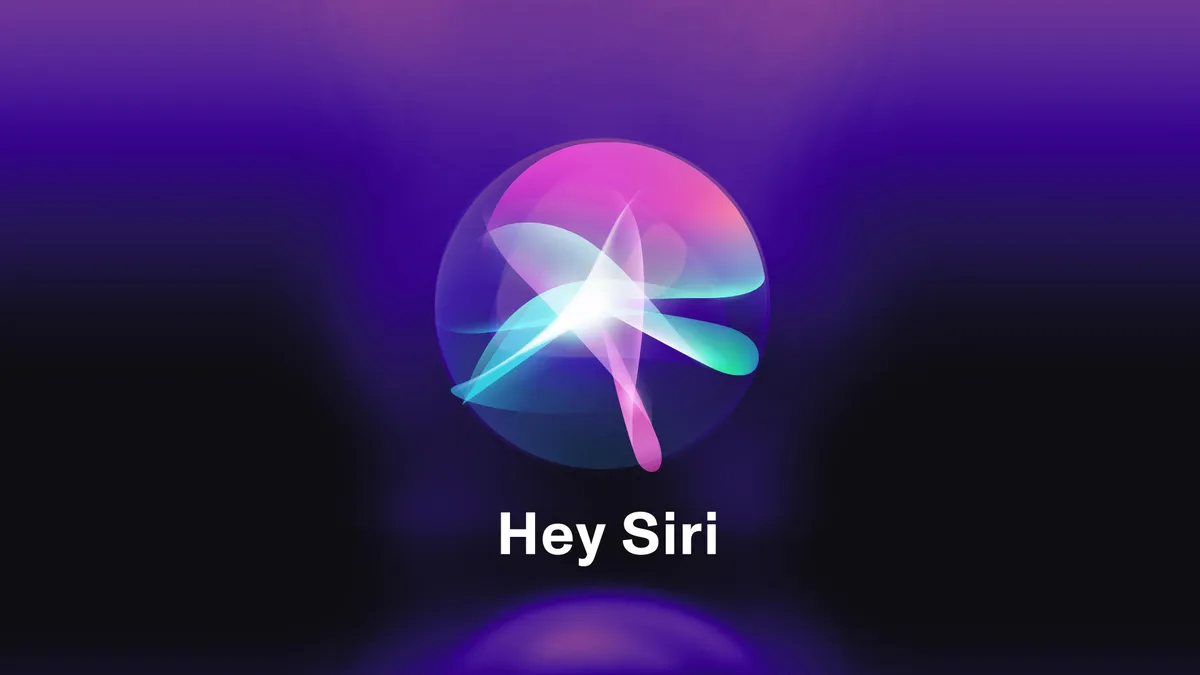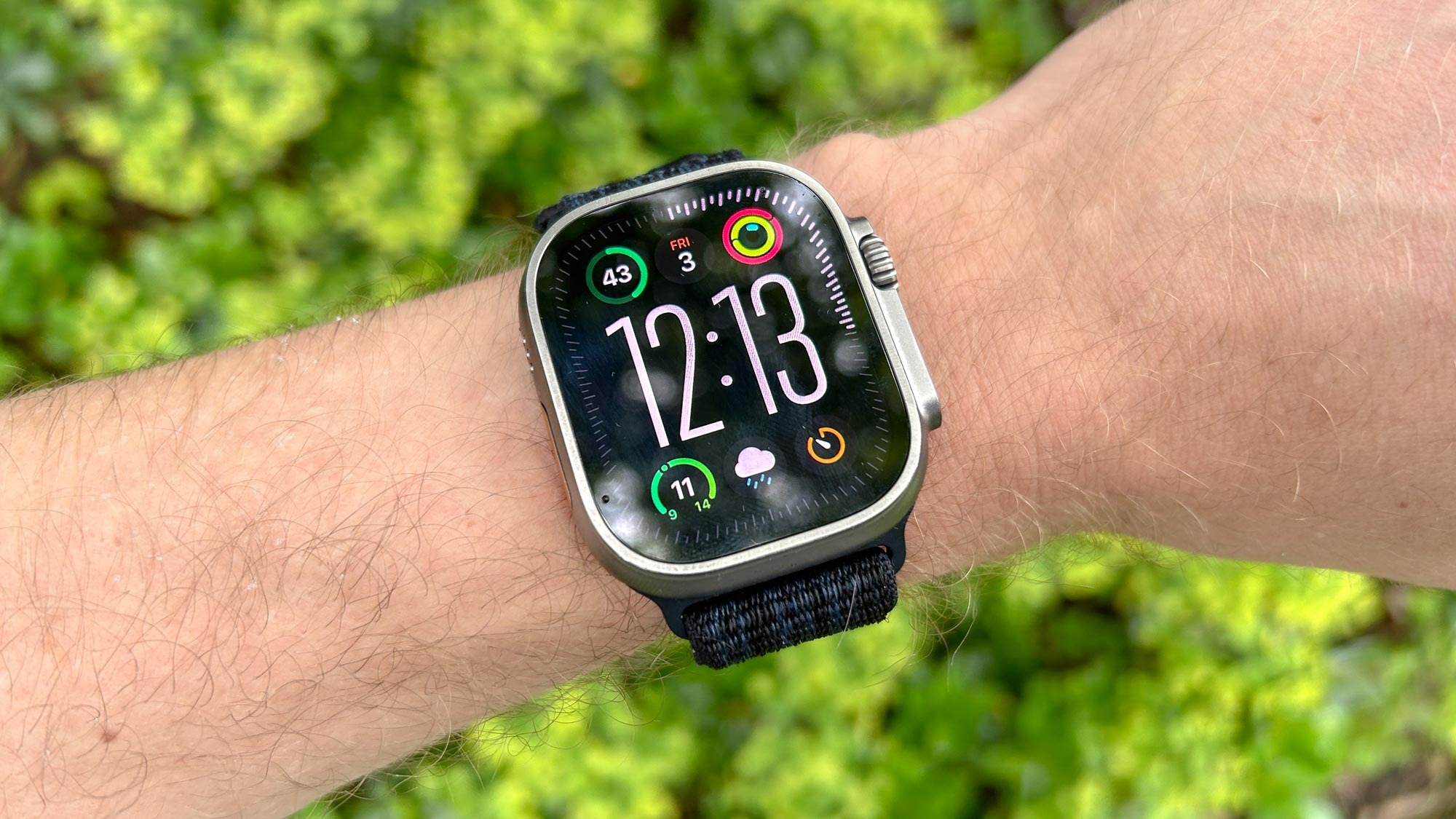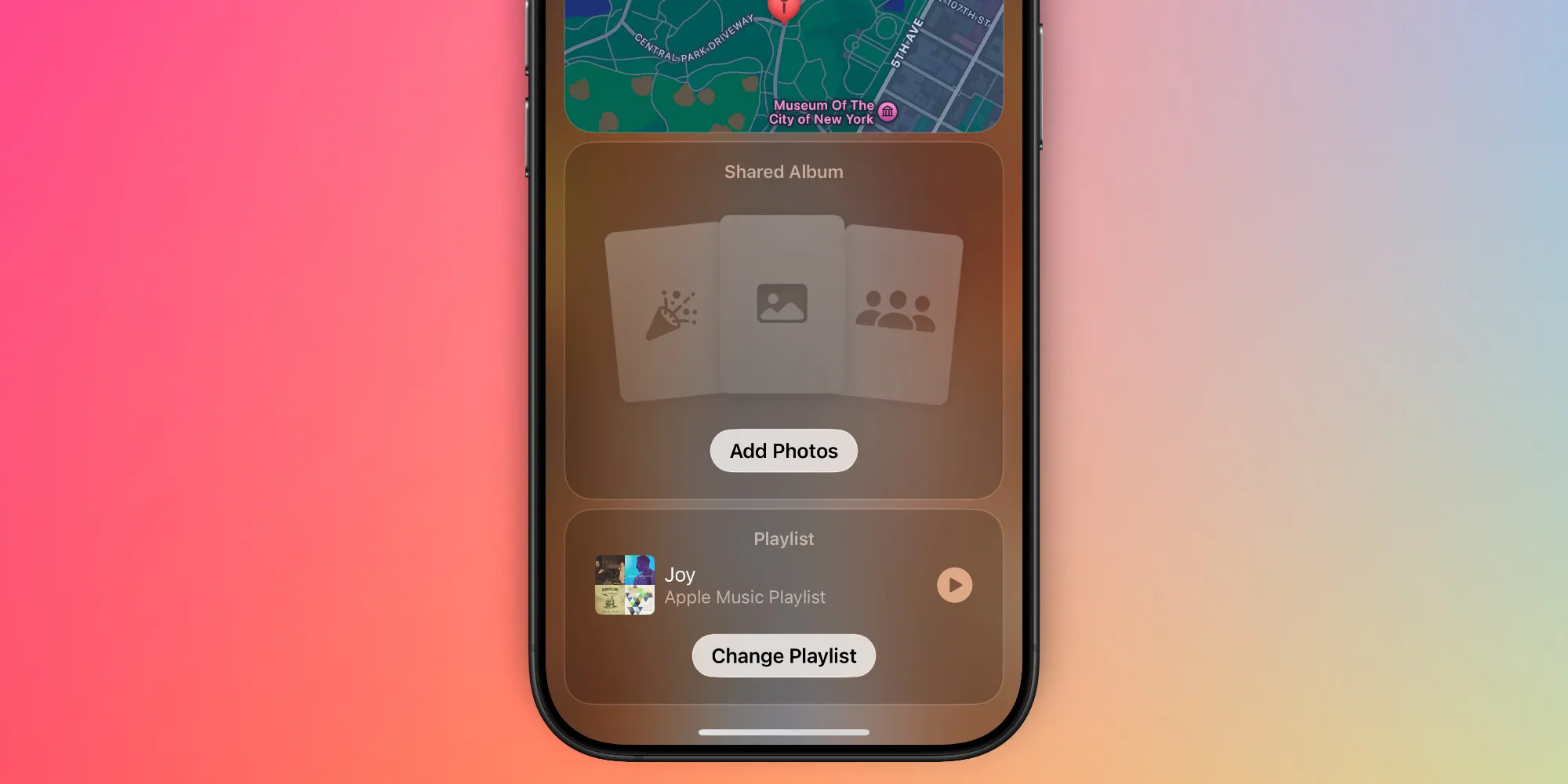Apple’s latest watchOS 26 update brings a handy new feature for Apple Watch users. You can now tweak the text size on your watch face, making it easier to read at a glance. This option, found in the Display & Brightness settings, lets you adjust the font size for complications—those little bits of info like weather or calendar events—on supported watch faces.
This change is great for anyone who struggles to read small text or just wants a clearer view without squinting. It works on watch faces like Infograph and Modular, which show extra details. You can pick from different sizes, from small to large, to suit your needs. This makes the watch more user-friendly, especially for older users or those with vision challenges.
The update also keeps things smooth for developers. Apps built for older watchOS versions will still work fine, but Apple suggests updating them for the new arm64 architecture to boost performance. This ensures your watch runs apps efficiently while supporting the new text size feature.
watchOS 26 is currently in beta testing and will roll out to everyone later this year. It works with Apple Watch Series 6 and newer models, paired with an iPhone 11 or later running iOS 26. This small but useful update shows Apple’s focus on making the watch more practical and accessible for all users.
